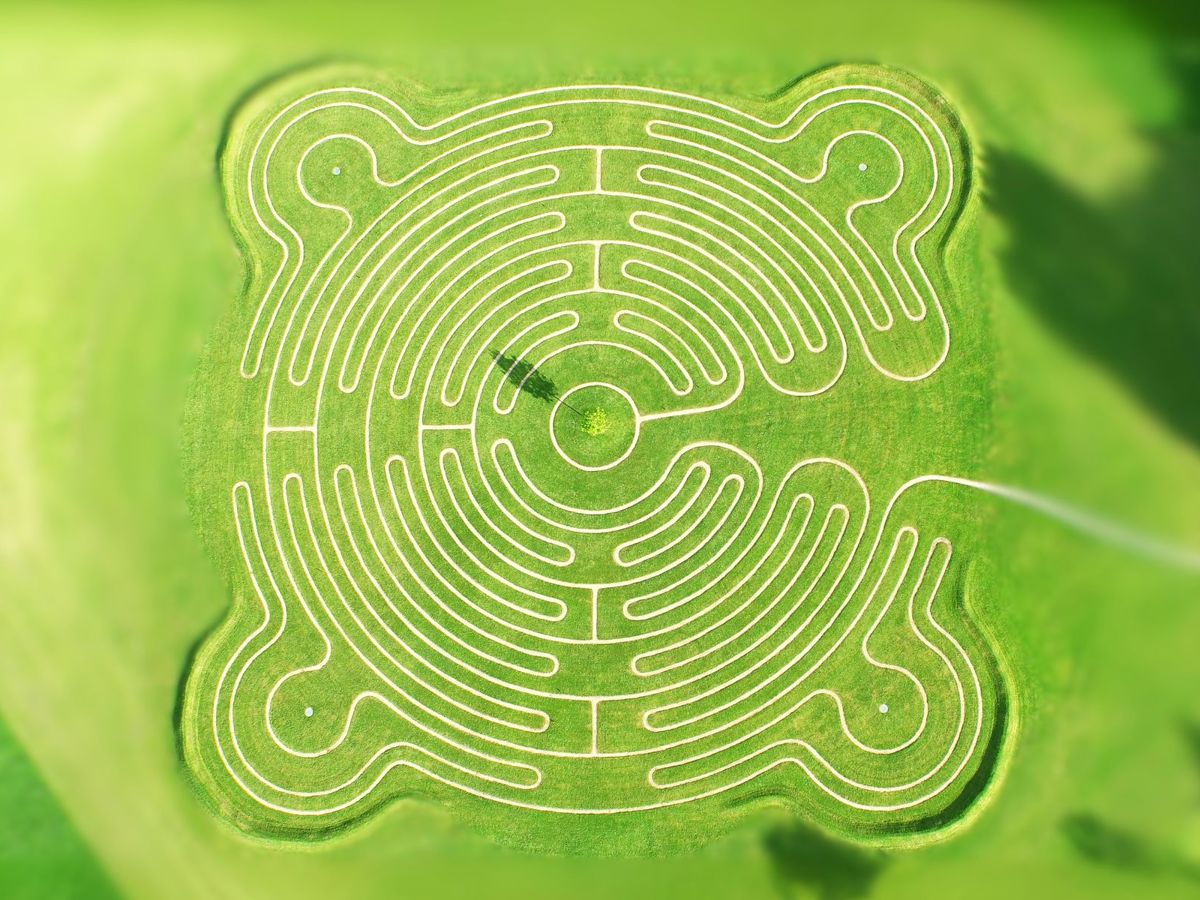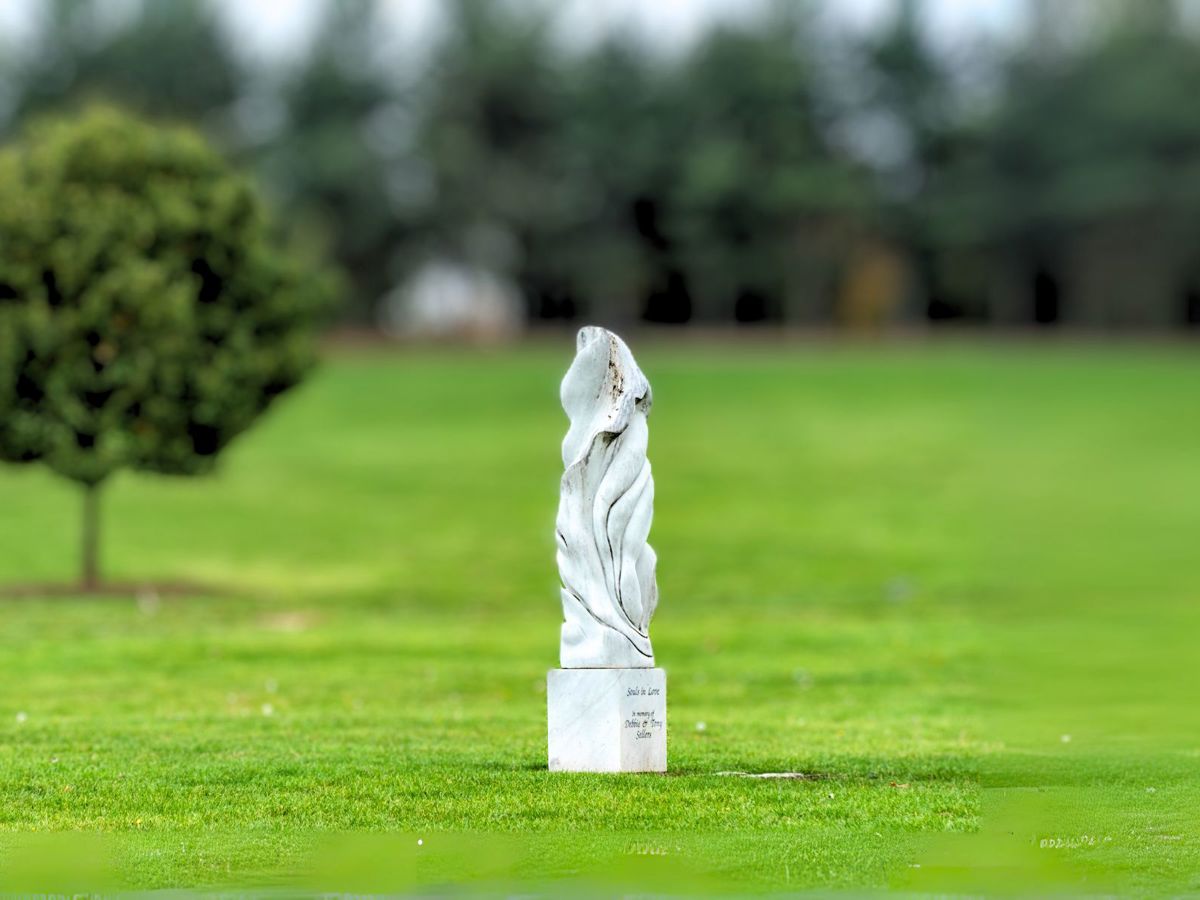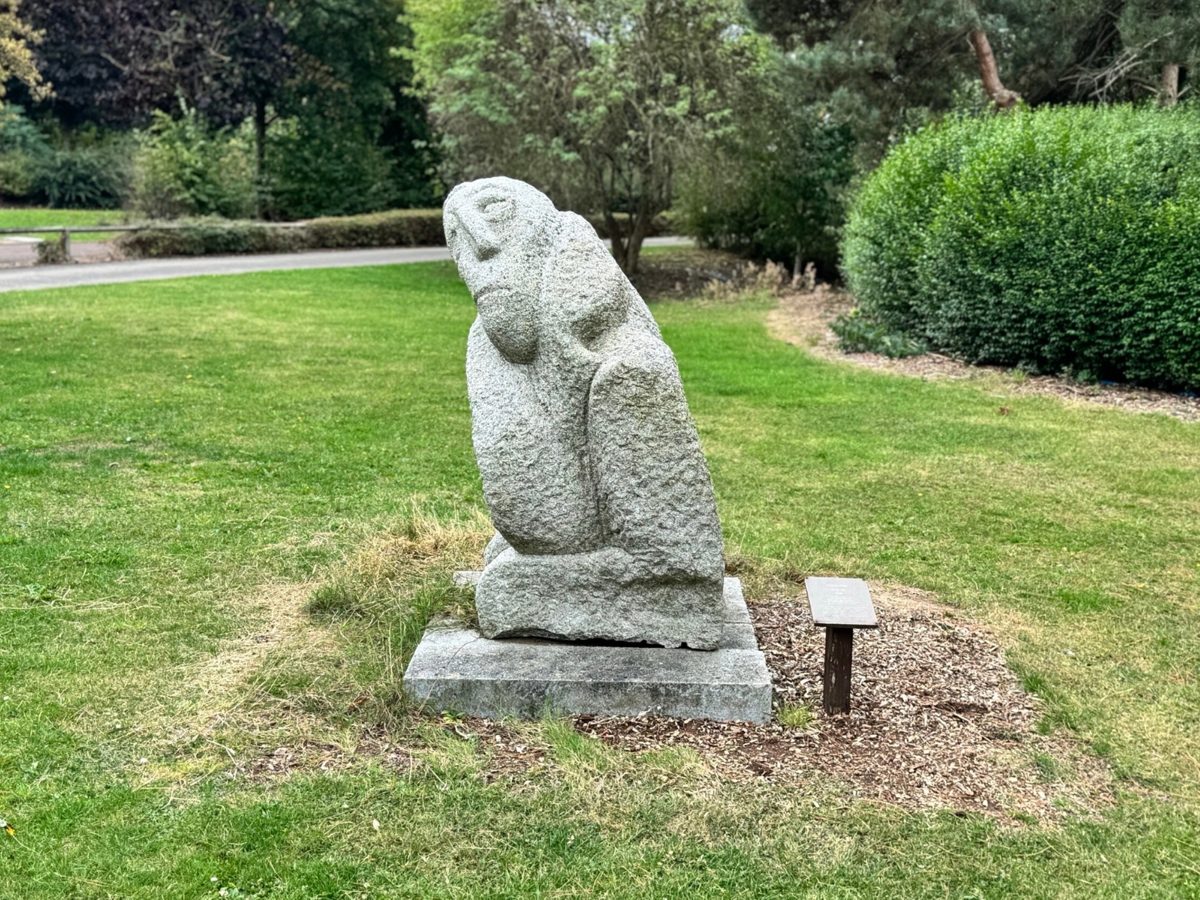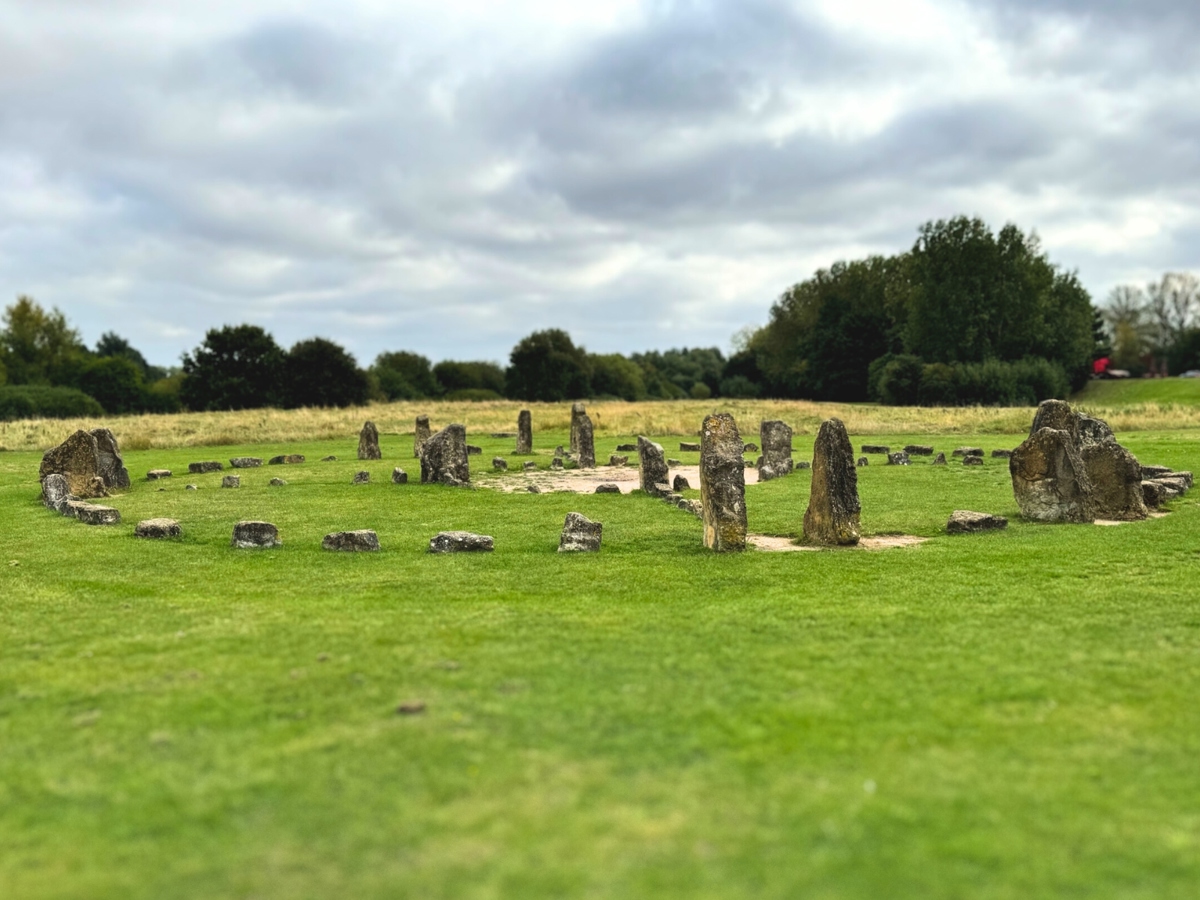
Willen Lake and Village
Discover the rich history of Willen, from its origins as 'the place of willows' to the birth of one of Milton Keynes' most popular lakes.
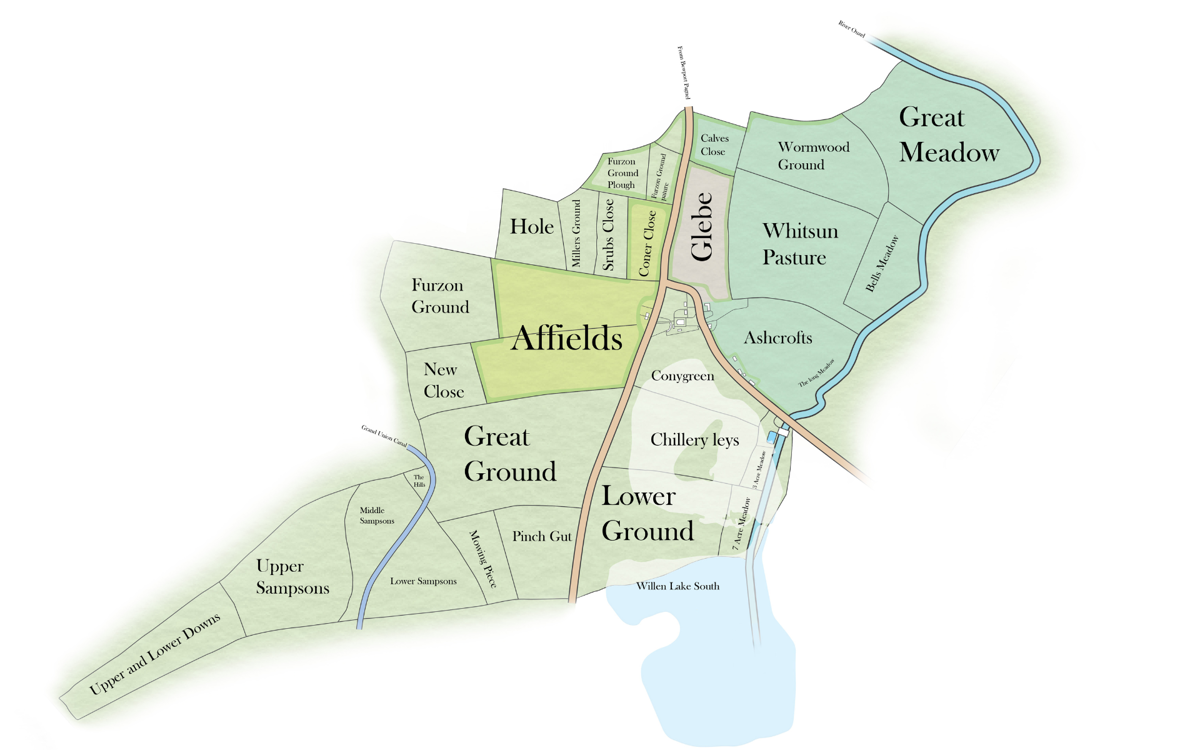
The name Willen was spelt Wilinges when it was first referenced in the 1100's and is thought to mean 'the place of the willows'.
The village's core has remained essentially the same since the 18th century and is now designated as a conservation area. Willen lake was mostly built on the fields associated with the village.
Despite its long history, the Willen village never grew beyond a hundred people. By the 1700s, it comprised several key landmarks: a watermill (now submerged beneath Willen Lake), around ten labourers' cottages, a vicarage (later known as Willen Priory), Brook Farm, Manor Farm (which now houses Willen Hospice), and St Mary Magdalene church.

St Mary Magdalene church stands out prominently in the village, resembling a structure one might expect to find in the City of London rather than a small village. It is an impressive Grade I listed building, uniquely designed by Robert Hooke, a prominent scientist and polymath renowned for his contributions to various fields, including the development of Hooke's Law, microscopy, and astronomy. Hooke was also involved in rebuilding London after the Great Fire of 1666.
The church's construction was commissioned by Dr Richard Busby, the Headmaster of Westminster School in London, who acquired the village in 1672 for £2,202.6.0d, which was considered a fortune back then. Legend has it that he funded the church's construction by soliciting silver spoons from his pupils, reflecting the wealthy backgrounds of those who could afford education at the prestigious Westminster School.
The church, which has an almost complete 1680 interior, is open on Sundays and Mondays from 10.30am to 4.00pm or by arrangement through churchwradenmm@gmail.com.
What did archaeologists find?
Even though archaeologists expected to find evidence of prehistoric settlement during the construction of Willen Lake in 1972, they mainly uncovered medieval artefacts, with minor traces of Roman and Saxon activity. The area was primarily farmland, characterised by medieval ridge and furrow farming patterns, which are still visible in other parks in Milton Keynes, such as Waterhall Park.
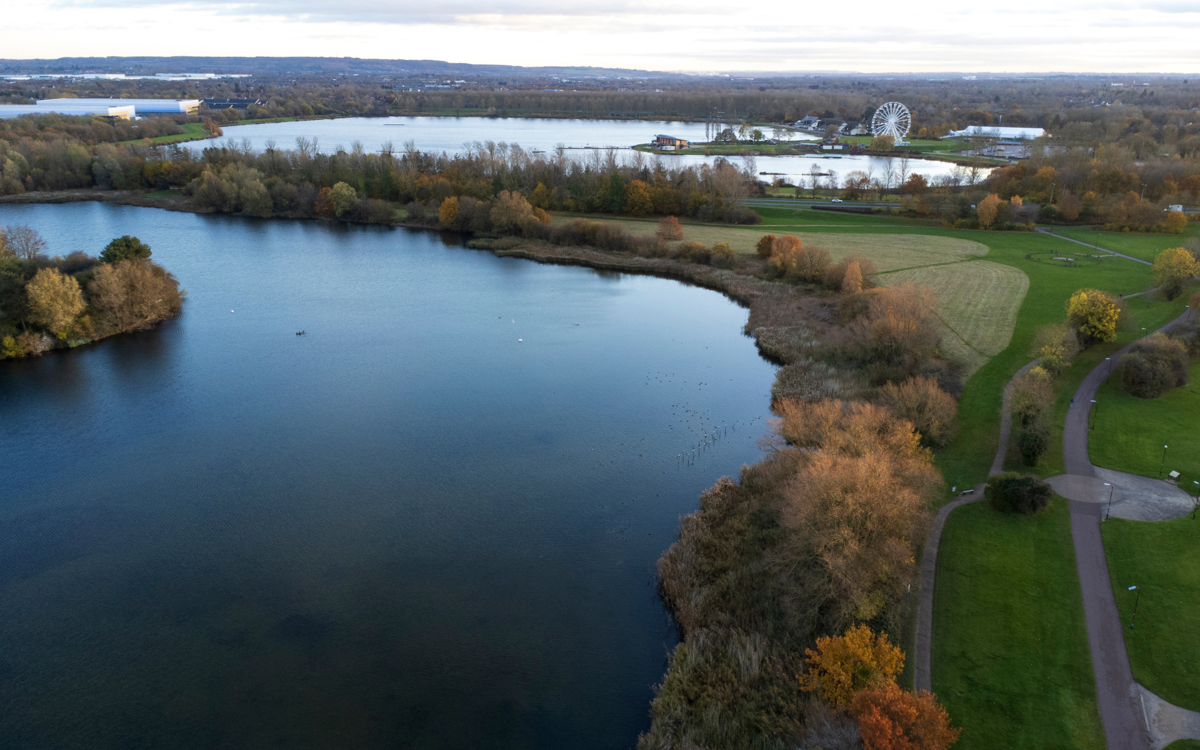
Willen Lake, one of Britain's largest purpose-built balancing lakes, spans around 100 acres. It was created during the development of Milton Keynes to prevent flooding downstream in Newport Pagnell and Bedford. Controlled by Anglian Water's computer systems, the lake has sluice gates that manage excess water during heavy rain, releasing it back into the river when levels drop.
Willen Lake North is a wildlife habitat with areas for fish and shallow banks perfect for invertebrates and birds. It also boasts cultural landmarks like the Peace Pagoda, Labyrinth, Medicine Wheel, and the Hiroshima sculpture.
On the other hand, Willen Lake South serves as a recreational park offering leisure and entertainment opportunities. It connects from the City Centre, leading visitors to a pleasant stroll through Campbell Park. Known for its diverse range of activities, including running, cycling and various watersports, it attracts numerous families and residents throughout the year.
There are many cultural landmarks and public art pieces to explore at Willen Lake. In addition to the Labyrinth and Medicine Wheel, you will find the distinctive Buddhist Temple. The public is welcome to visit the temple when it is open. The village of Willen, with its church designed by Robert Hooke, is also on the edge of Willen South Lake.

